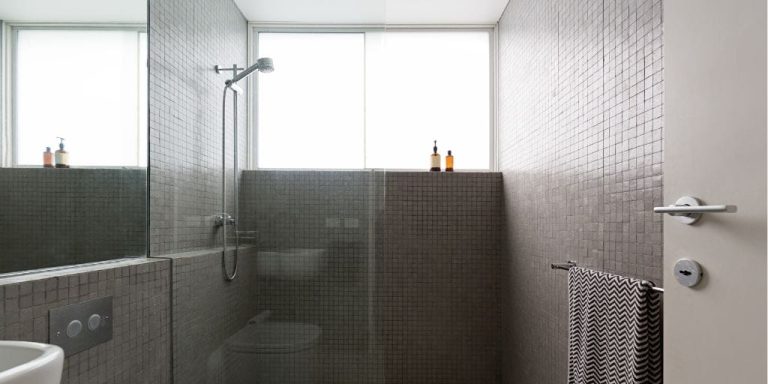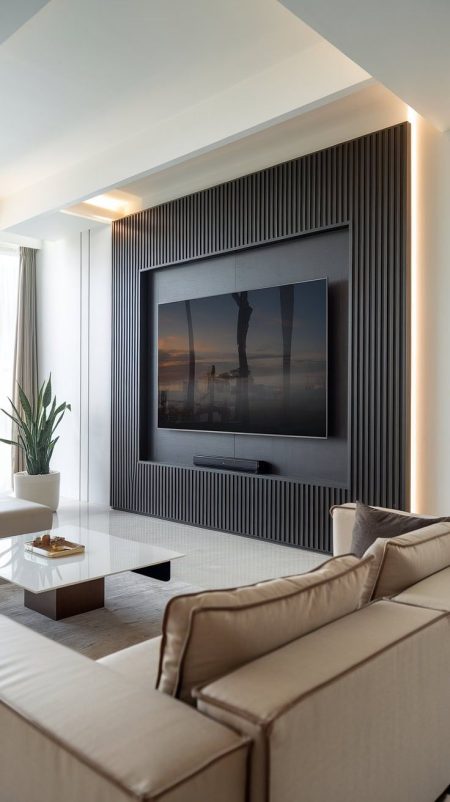Walk-in showers have become a hallmark of modern bathroom design, offering a seamless blend of style, functionality, and accessibility. Whether you’re renovating your space or designing a new bathroom, incorporating a walk in shower can elevate the look and feel of your home. Let’s explore the benefits, design options, and practical tips for integrating walk-in showers into your space.
Why Choose Walk-In Showers?
1. Sleek and Modern Aesthetic
Walk in showers provide a contemporary and minimalist look that enhances the visual appeal of any bathroom. The absence of bulky enclosures or shower curtains creates an open and airy feel, making even smaller bathrooms appear larger and more luxurious.
2. Improved Accessibility
Unlike traditional showers with raised edges or bathtubs that require stepping over, walk-in showers feature low or no thresholds, making them an excellent choice for people of all ages, including seniors and those with mobility challenges.
3. Easy Maintenance
Walk-in showers are easier to clean than traditional shower setups. Their smooth surfaces and lack of grout lines or doors mean fewer nooks and crannies for dirt and mold to accumulate.
Design Options for Walk-In Showers
1. Frameless Glass Enclosures
A frameless glass shower enclosure is a popular choice for walk-in showers, providing an unobstructed view of the space while maintaining a minimalist appeal. It allows light to flow freely, enhancing the overall brightness of the bathroom.
2. Curbless Showers
Curbless walk-in showers eliminate barriers, creating a seamless transition from the bathroom floor to the shower area. This design not only looks sleek but also promotes safety by reducing tripping hazards.
3. Integrated Benches and Niches
For added functionality, consider incorporating a built-in bench or recessed niches into your walk-in shower design. These features provide convenience and storage for toiletries without compromising style.
Materials to Consider
1. Tile
Tiles offer endless possibilities for walk-in showers, with options ranging from natural stone to porcelain. Large-format tiles reduce grout lines, creating a cleaner, more cohesive look.
2. Glass
Whether clear, frosted, or textured, glass panels add elegance to walk-in showers while maintaining a sense of openness. Choose high-quality, tempered glass for durability and safety.
3. Acrylic and Solid Surfaces
Acrylic panels or solid surface materials are excellent choices for low-maintenance, budget-friendly walk-in showers. These materials are easy to clean and resistant to mold and mildew.
Practical Tips for Designing Walk-In Showers
1. Ensure Proper Drainage
A well-designed drainage system is essential to prevent water pooling in walk-in showers. Consider linear drains or sloped floors to channel water effectively.
2. Choose Non-Slip Flooring
Safety is key in a wet area like a shower. Opt for slip-resistant tiles or textured surfaces to minimize the risk of falls.
3. Plan for Adequate Lighting
Bright lighting enhances the functionality and ambiance of your walk-in shower. Combine natural light with LED fixtures or recessed lighting for a balanced effect.
Environmental Benefits of Walk-In Showers
Walk-in showers can also contribute to a more eco-friendly home. By using water-efficient showerheads and reducing the amount of materials needed for bulky installations, you can minimize your environmental footprint while enjoying a luxurious experience.
Conclusion
Walk-in showers are more than just a trend—they’re a versatile and practical addition to any bathroom. With their modern design, accessibility features, and low-maintenance benefits, walk-in showers offer a perfect blend of form and function. By considering the tips and ideas shared in this guide, you can create a bathroom that not only meets your needs but also enhances your home’s overall value and aesthetic.
Ready to transform your bathroom? Embrace the elegance and practicality of walk-in showers today!



